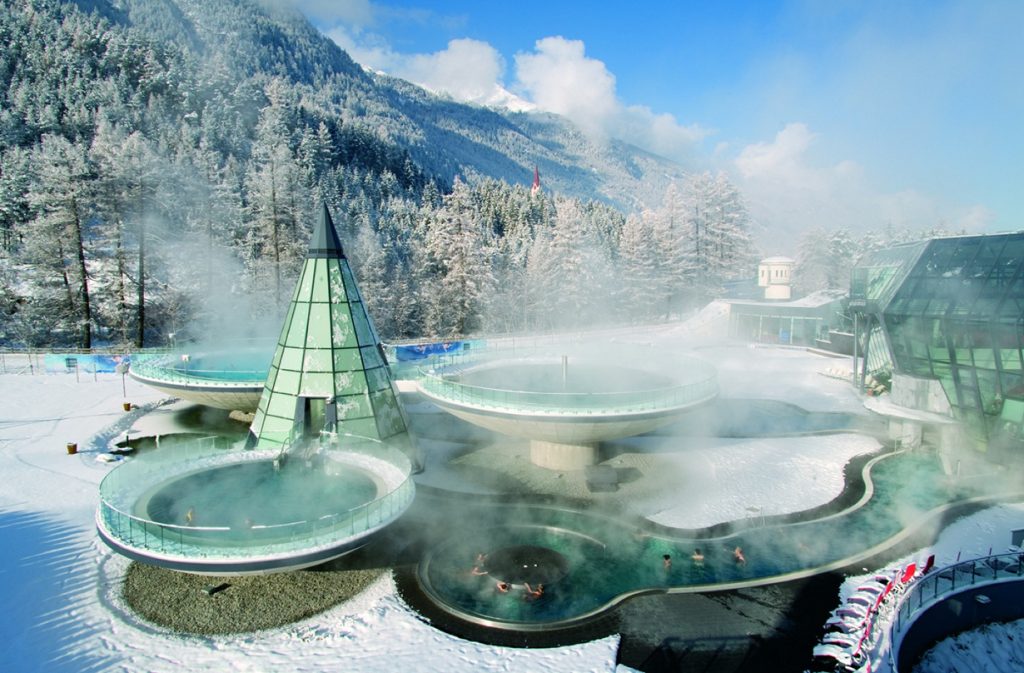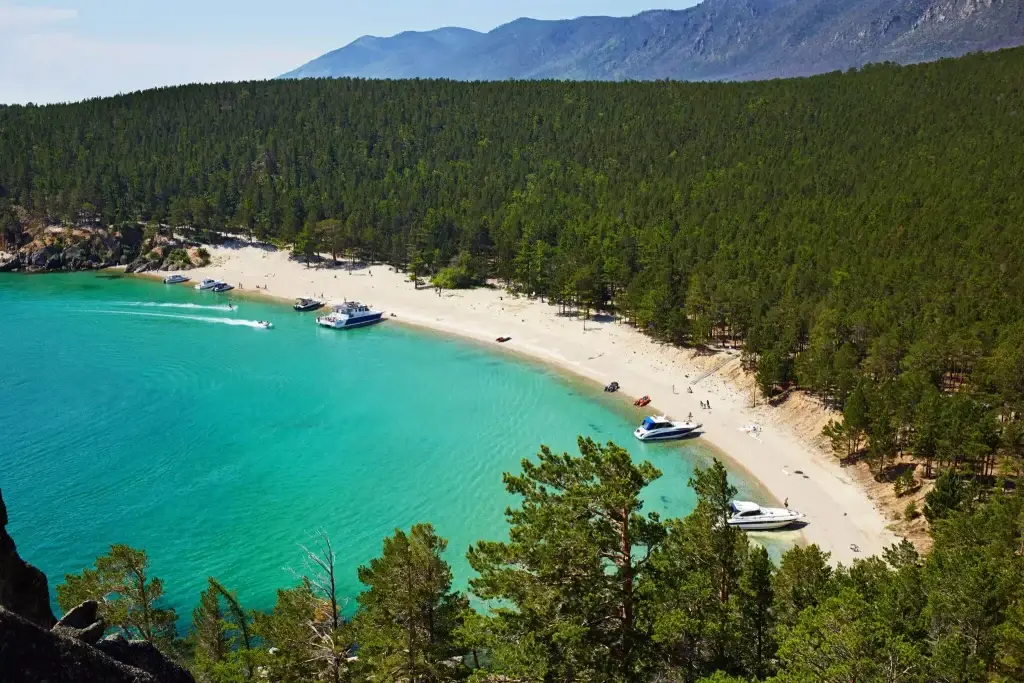Russia’s resorts form an impressive palette of destinations – from the Black Sea coast to the volcanic springs of the Far East. Each region offers a unique climate, health resources, gastronomic highlights and cultural markers. The geography allows you to switch from beach to ski slope, from waterfalls to therapeutic baths, from steppes to coniferous forests. The tourist map shifts the focus from mass flow to thoughtful itineraries and in-depth experiences.
Russia’s southern resorts: sun, coast and authenticity
Russian resorts in the south continue to hold the lead in terms of attendance. The coast of the Black Sea region combines climate, nature and infrastructure. The emphasis has shifted from seasonal tourism to year-round activity. Health resorts have integrated spa, fitness, gastronomy, and art programmes.
Sochi took the status of a flagship. Mountain air, subtropics, Olympic heritage, route network, cable cars, beaches, thermal springs, healing waters. The resort is divided into zones: the city coast, Khosta, Adler, Krasnaya Polyana. All areas work on one resource – comfort and scale.
Gelendzhik redefined the format of family holidays. Sandy beaches, quiet promenade, water parks, Olympus Park, trekking routes along the bay. Complexes in Gelendzhik used the concept of “quiet south”: without overloading, intrusiveness, with the rhythm of a secluded holiday.
Caucasian Mineral Waters: the healing power of thermal resources

Russia’s resorts in the KMV region are based on three pillars: mineral waters, climatotherapy, and balneology. Each town builds its own health-improving specialisation. Kislovodsk offers climatic treatment, terrenekurs, routes to waterfalls, and the purest air at an altitude of 900 metres. The resort creates a balance between walking, treatment and relaxation. Programmes lasting from 7 to 21 days are adapted to the age and condition of the organism. Essentuki has put an emphasis on gastroenterology. The famous springs No. 4 and No. 17 have become a brand not only in the region, but also throughout the country. The programmes combine drinking cures, baths, diet, physiotherapy.
Baikal and the Siberian reformatting of recreation
Russia’s resorts in the eastern part are building a different vector. Here – not beaches, but spaciousness. Not noise, but silence – pure contact with nature. Baikal sets the standards of ecological, internally saturated recreation. Listvyanka is a point of access to the lake, where art-hotels, bath complexes, excursion trails, catamarans work. The recreation programme is built around the lake, not inside the hotel. Arshan is a resort in Buryatia at the foot of the Sayan Mountains. Mineral springs, Kyngyrga mountain river, trekking to waterfalls, Buddhist datsans. There is a format of spiritual purification, gaining inner stability, meditative practices.
Altai: a synthesis of mountains, water and power
Russian resorts in the Altai Territory have opened a third way: not the beach and not treatment, but “rest-transformation”. Tourists come for transformation through nature. Routes run along trails, along lakes, through passes. Belokurikha is the most famous resort cluster in the region. Radon springs, mild climate, coniferous forests, boarding houses with medical programmes. Physical therapy and active movement are combined here: Nordic walking, cycling routes, terrenekurs.
Lake Teletskoye has become an epicentre of eco-tourism. There are lodges, campsites and tourist centres here. In the mornings, yoga on a wooden platform, boat trips in the afternoon, and bonfires by the water in the evening. The programme works not on entertainment, but on saturating simplicity.
Kamchatka and the Far East: Russia’s resorts beyond the clichés
Russian resorts in the Far East form a completely different perception of holidaying. Here you can’t lie back with a cocktail under umbrellas. In a place of power, there is a need to move, explore, absorb the scale. Tourism turns not into the consumption of a service, but into an inner and outer adventure, in which every action is associated with overcoming and discovery. Landscapes dictate behaviour, nature sets the pace, and climate shapes physical engagement.
Paratunka: geothermal energy and healing steam
Paratunka has become a symbol of Kamchatka’s balneological recreation. The resort uses geothermal springs that are formed deep in the subsurface under the influence of volcanic activity. The water is heated up to 75°C and comes to the surface saturated with silicon, sodium, hydrocarbonates, hydrogen sulphide. Each bath is a full-fledged physiotherapeutic procedure. The mineral composition reduces inflammation, improves blood circulation, helps with joint, nervous system and skin diseases. The water is not treated with chlorine – it is used in its natural form, which enhances the effect.
The main feature is the atmosphere. The open-air baths are set against the backdrop of hills, steam rises above the water in sub-zero temperatures, snow surrounds the wooden terraces, and silence emphasises the contrast. The resort operates all year round, in winter it welcomes lovers of snowy landscapes and hot spring, and in summer – connoisseurs of alpine greenery and mild mountain climate. The infrastructure is developed in the format of eco-tourism: wooden houses, minimal urbanisation, orientation towards autonomy. Tourists combine water procedures with routes to volcanoes, forest walks, bear and eagle watching.
Khalaktyrsky beach: volcanic sand and unbridled ocean
Khalaktyrsky beach is a stark, grandiose and lively natural scene. Here one merges with silence, wind, and the pulse of the earth. The beach stretches for tens of kilometres along the Pacific Ocean, covered with black volcanic sand, which contains basalt and titanomagnetite. In clear weather, the sandstone warms up to 60°C, and when it is cloudy, it retains its density and depth of colour.
The ocean line is not designed for sun loungers – it attracts the active. The resort is used for surfing, kiteboarding, sea kayaking. Along the beach there are tent camps, holiday homes with minimal infrastructure, excursion tents. Tourists book boat trips to sea lion colonies, whale watching, cod and halibut fishing. Nearby there are routes to active volcanoes: Avachinsky, Kozelsky, Gorely. Hiking ascents take from one to three days and require preparation, but the impressions outweigh any efforts.
Conclusion

Russian resorts have transformed the idea of domestic tourism. The tried-and-tested “sea-beach-hotel” template has given way to a multi-level format, where every detail is adjusted to the interest, rhythm and demand of the holidaymaker. The regional palette has diversified – each complex is no longer just a point on the map and has turned into an independent scenario. From Baikal to Sochi, from Altai to the Caucasus, Russia’s resorts are building a new tourist landscape that combines comfort with natural power, health with culture, and tranquillity with intensity.
 en
en  ar
ar  de
de  es
es  fr
fr  nl
nl  hi
hi  ru
ru  it
it  pt
pt  el
el 










